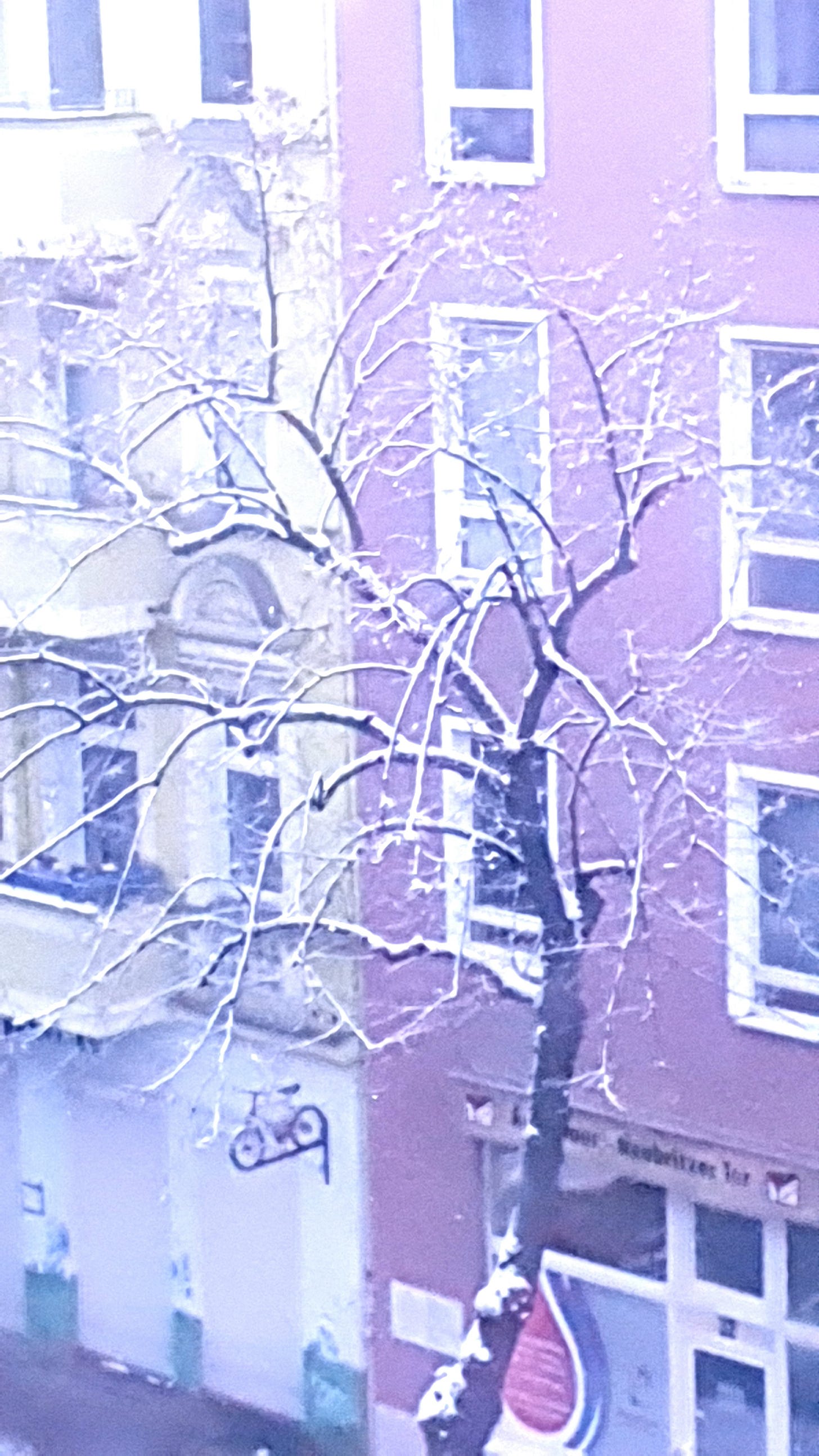èvia: cold
Music like a burrito blanket for your soul
I am currently listening to an extremely quiet and minimalist subgenre of ambient music called lowercase. It’s mostly not made with conventional instruments, but consists of field recordings and almost non-audible sounds from non-musical objects, amplified to extreme volumes, such as paper ruffling.
In 2019, writer Noah Berlatsky published a piece on low…
Keep reading with a 7-day free trial
Subscribe to zensounds to keep reading this post and get 7 days of free access to the full post archives.


